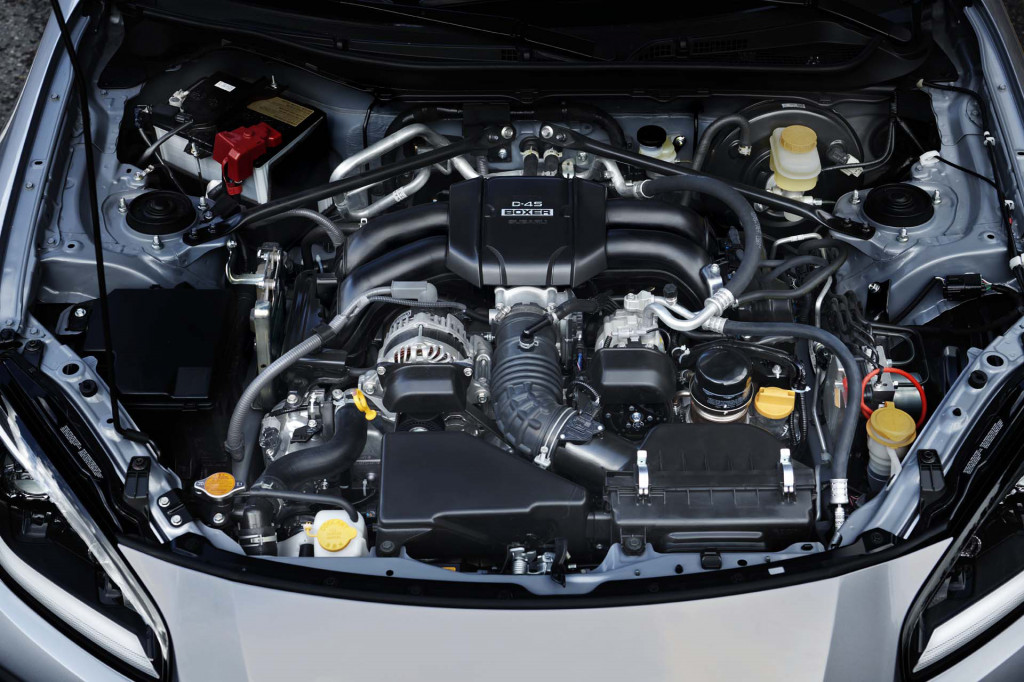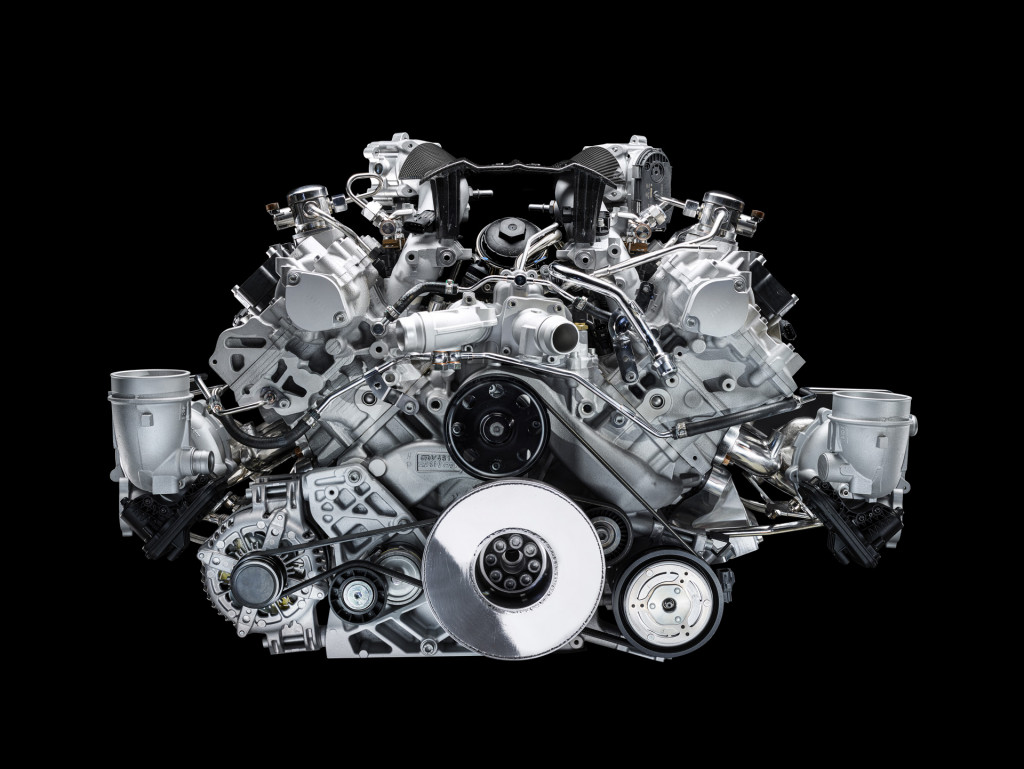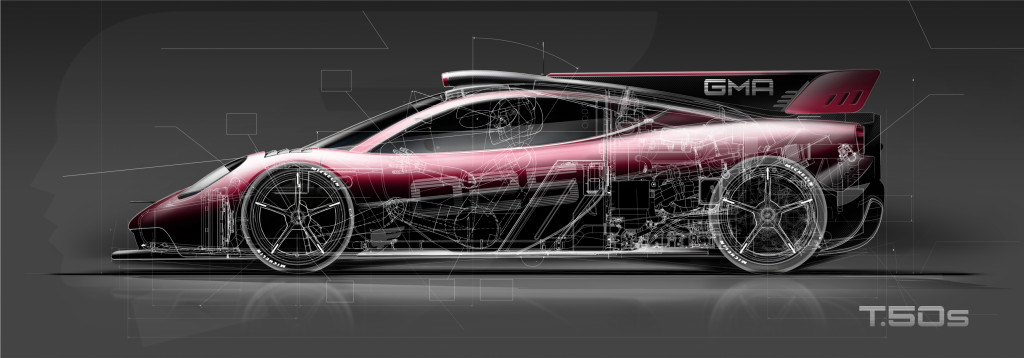Since the original version launched, fans have been clamoring for a more powerful version of the Subaru BRZ, i.e. one fitted with a turbocharger, a la the WRX. But Engineering Explained host Jason Fenske is glad the redesigned 2022 Subaru BRZ doesn’t have a turbocharger. Here’s why.
The second-generation BRZ gets a 2.4-liter flat-4 engine, replacing the previous generation’s 2.0-liter unit. That displacement increase did yield more power. The 2022 model produces 228 horsepower and 184 pound-feet of torque, compared to 205 hp and 156 lb-ft for the old model.
Subaru does have a turbocharged 2.4-liter engine good for 260 hp and 277 lb-ft, which is currently used in the Ascent, Legacy, and Outback. So why isn’t the BRZ engine turbocharged as well?

2022 Subaru BRZ
One reason why the BRZ is better off without a turbocharger, according to Fenske, is gearing. The naturally aspirated engine has a higher redline (7,500 rpm) than the turbocharged engine (6,000 rpm), allowing for more aggressive gearing. Those factors should lead to a more robust seat-of-the-pants feeling of acceleration, Fenske said, despite the BRZ engine’s lower output.
Adding a turbocharger to the BRZ might also be difficult. The Ascent has a bottom-mounted turbo, Fenske noted, a configuration that would be challenging in the BRZ, where the engine is mounted very low in the chassis. That keeps the center of gravity low as well, improving handling. The turbo engine is also heavier, negating some of its power advantage, Fenske said.
Finally, a naturally aspirated engine delivers better throttle response and throttle control. Modern turbo engines don’t suffer from the dreaded “turbo lag” of old, but they will never be as responsive as naturally aspirated engines. Plus, if you really want a turbocharged 2022 BRZ, the aftermarket will likely be eager to help.


